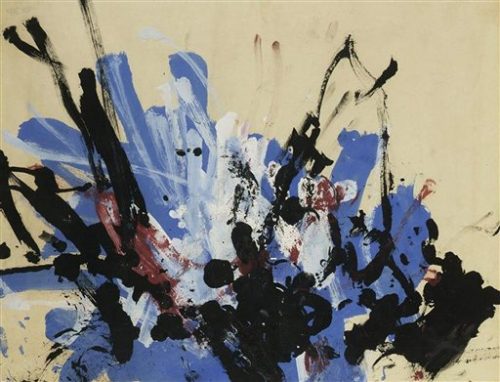I’d like to start out by apologizing for the very late upload–I’ve been struggling with how to transition between the fragmented ideas I’ve had for this and ended up changing the structure quite a bit. It’s turned out to be a bit longer than I’d hoped, too, so it might be a longer read than most of the others.
I’ve written something in the style of Invisible Man’s prologue, trying my best to incorporate Ralph Ellison’s musical, dreamlike style while focusing on an aspect of invisibility that we haven’t talked about in class–condemnation. The invisibility of Ellison’s protagonist is not just a willful aspect, but a condition that plagues the protagonist and many others. Just like how in Chapter 1, the protagonist finds himself taking the responsibility and burden for a condition that was not his own (race), I have chosen to write a creative piece on the arbitrariness of responsibility.
I’ve also taken thematic and literary influences from Nietzsche, Sartre, Kierkegaard, and Dostoevsky in the writing, so it may be a bit more like these authors than Ellison himself was.
Here is the approximately 3,400 word short story, “I dreamed that I was in Hell.”
